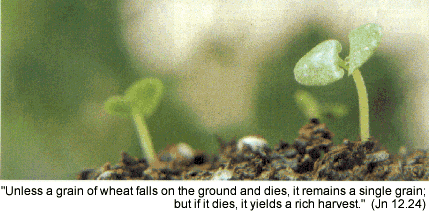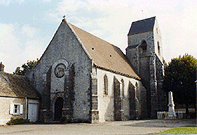
In 1696 Pere Chauvet gathered four generous and zealous young girls to help him care for the poor, the children and the sick in his parish. This was the simple beginning of a religious congregation which today spans the five continents.
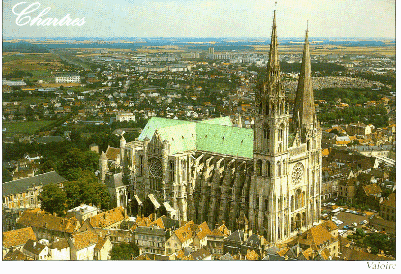
He also gave them his name, after the great Apostle, St Paul, thus the name SISTERS OF ST PAUL DE CHARTRES.
From the very beginning, the young religious family was marked by the Paschal Mystery. However, the deaths of their first Superior, Marie Michau, in 1702, their co-foundress, Marie Anne de Tilly, in 1703, and their founder, Pere Louis Chauvet, in 1710, did not prevent them from spreading in France and beyond
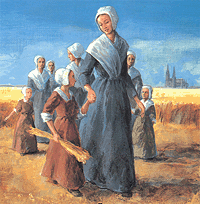
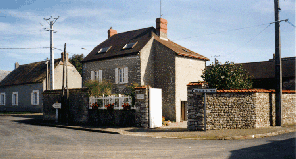
At first they lived in their own homes. In 1699, Pere Chauvet gathered them together in a small house and drew up for them a simple rule of life. The first Superior chosen was 17-year-old Marie Michau. He had no thought of founding a great international religious order. He only wanted a few nuns to take care of the poor in his parish.
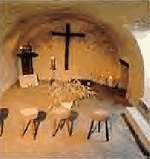
Gradually as more and more generous and zealous young women joined them, they were able to venture out of Levesville when a request for Sisters came in 1707 from another distant village.
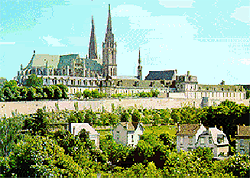
Cayenne, French Guiana. With the early death of Marie Michau in 1702, Marie Anne de Tilly in 1703, and Pere Chauvet in 1710, the community was marked by the Paschal Mystery of Christ from the very beginning. But like a seed buried in the ground, their death gave great impetus to its further growth and development so that by 1727, the Congregation was ready to send Sisters to their first mission - to Cayenne in French Guiana, a French penal colony in South America - and to Hong Kong in 1848.
In years to come, many more departures were made for the mission fields in all five continents. By a miracle of God's Providence, the little seed planted by Pere Chauvet had grown not only into a big tree, it became many trees, an orchard. Affiliate congregations branched off from the tiny Levesville community - in Strasbourg in 1734 and in England in 1847 - which in turn founded other autonomous communities.
